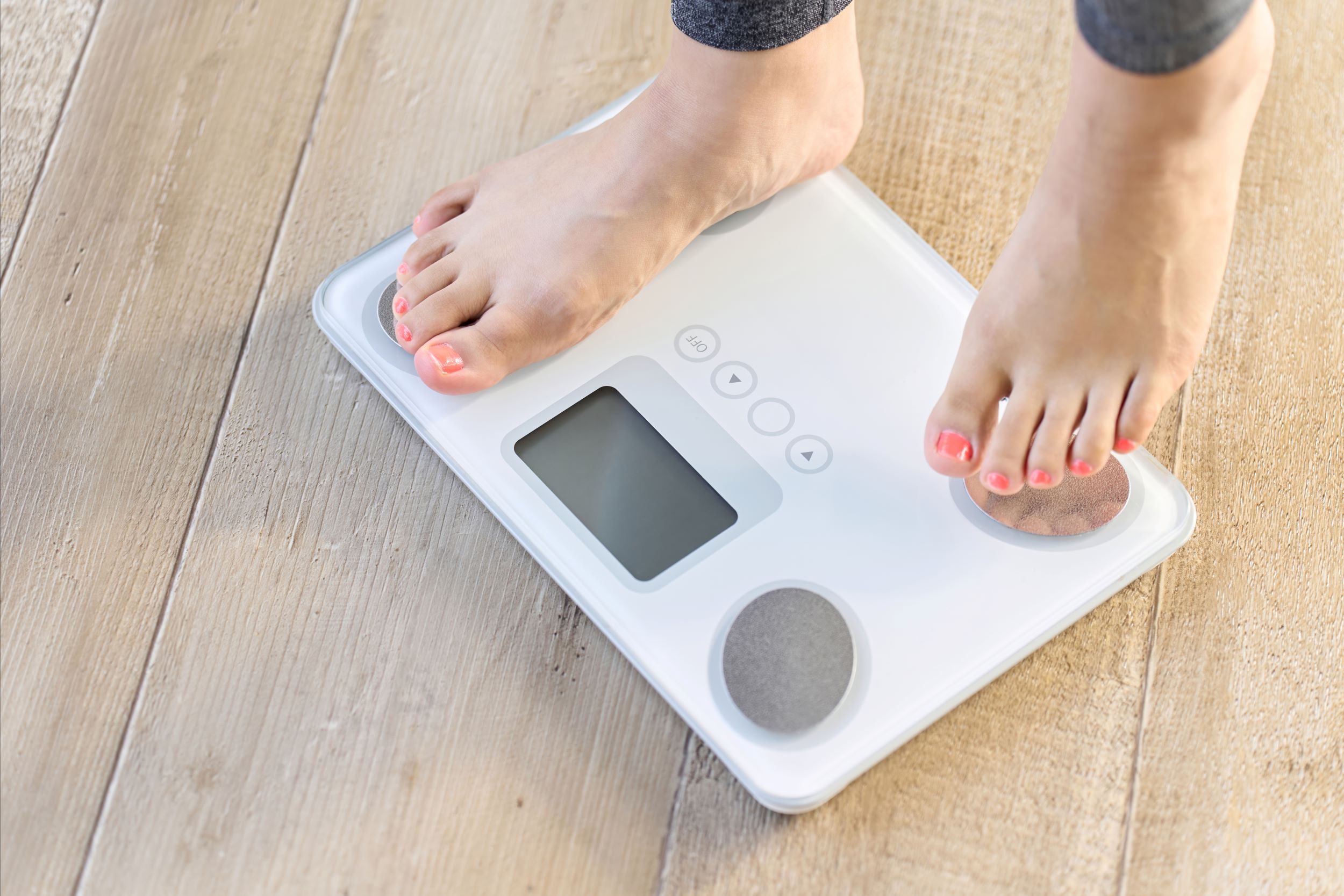Back pain is one of the most common medical problems adults experience. Sciatica is a prevalent cause of back pain, and as many as 40% of people in the U.S. experience it during their lifetime. This kind of pain can affect daily life and inhibit physical activity. Here are some things to look out for if you think you might have sciatica.
What Is Sciatica?
Sciatica, also medically known as lumbar radiculopathy, is nerve pain stemming from the sciatic nerve. The nerve pain travels from the lower back through the hips and buttocks down either leg. This is the longest nerve in the body and is comprised of five nerve roots. It usually clears up within a few weeks when appropriately treated, depending on the severity level. Sciatica is not a condition; it is a symptom.
Symptoms & Causes
Sciatica is usually diagnosed by having one or more of the following common symptoms:
- Numbness or weakness in the leg
- Tingling sensation in the feet and/or toes
- Pain in the lower back, buttock, and down the leg
The pain can occur anywhere on the nerves pathway; it isn’t localized to one targeted area. These symptoms typically develop on one side of the body and can worsen with specific postures; sitting, bending down, twisting the spine, etc.
Sciatica pain itself is a symptom of an underlying medical condition. The common cause of sciatica is a herniated lumbar disc. The following are also attributed to sciatica: degenerative disc disease, spinal stenosis, osteoarthritis, or trauma to the spine.
Diagnosing & Treatment Options
Diagnosing the root cause of sciatica is vital in creating an effective treatment plan. When seeking a medical diagnosis, a doctor will ask for your medical history and conduct a physical examination, usually the straight leg raise or slump test. Some doctors might recommend advanced imaging to get a more accurate diagnosis; MRI, X-ray, or CT scan.
For milder cases of sciatica, some treatments can be self-conducted at home. Like switching between icing and heating the affected area, taking an over-the-counter anti-inflammatory, and performing gentle stretching exercises. For more severe cases, doctors might recommend physical therapy, PRP therapy, and/or spinal decompression, and on rare occasions, surgery might be required for extreme cases.
Treat Sciatica With Biocure
Living with sciatica pain can be a thing of the past with the help of Biocure. We can help with the diagnosis, treatment, and prevention. You can do things at home to help prevent sciatica by maintaining good posture, drinking lots of water, not smoking, sustaining a healthy weight, and exercising regularly. If you think you might have sciatica, or are looking for ways to prevent it, contact us today to learn more about our science-back services.







